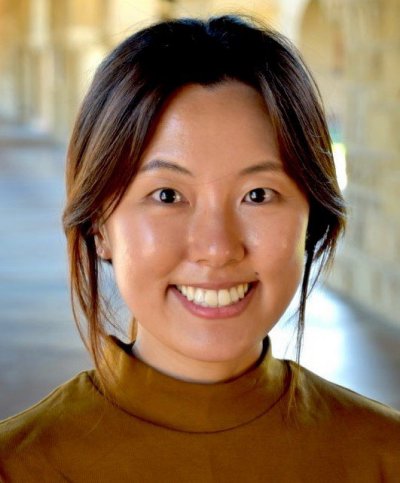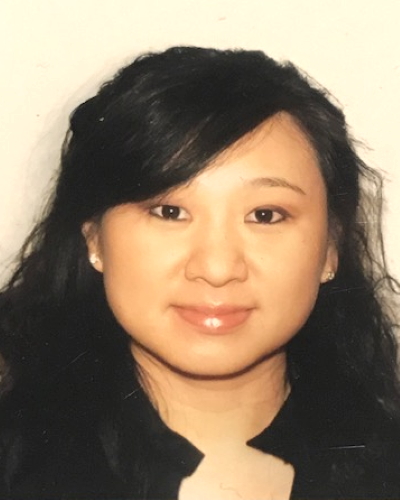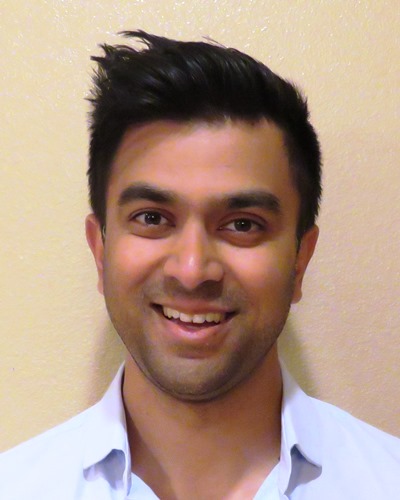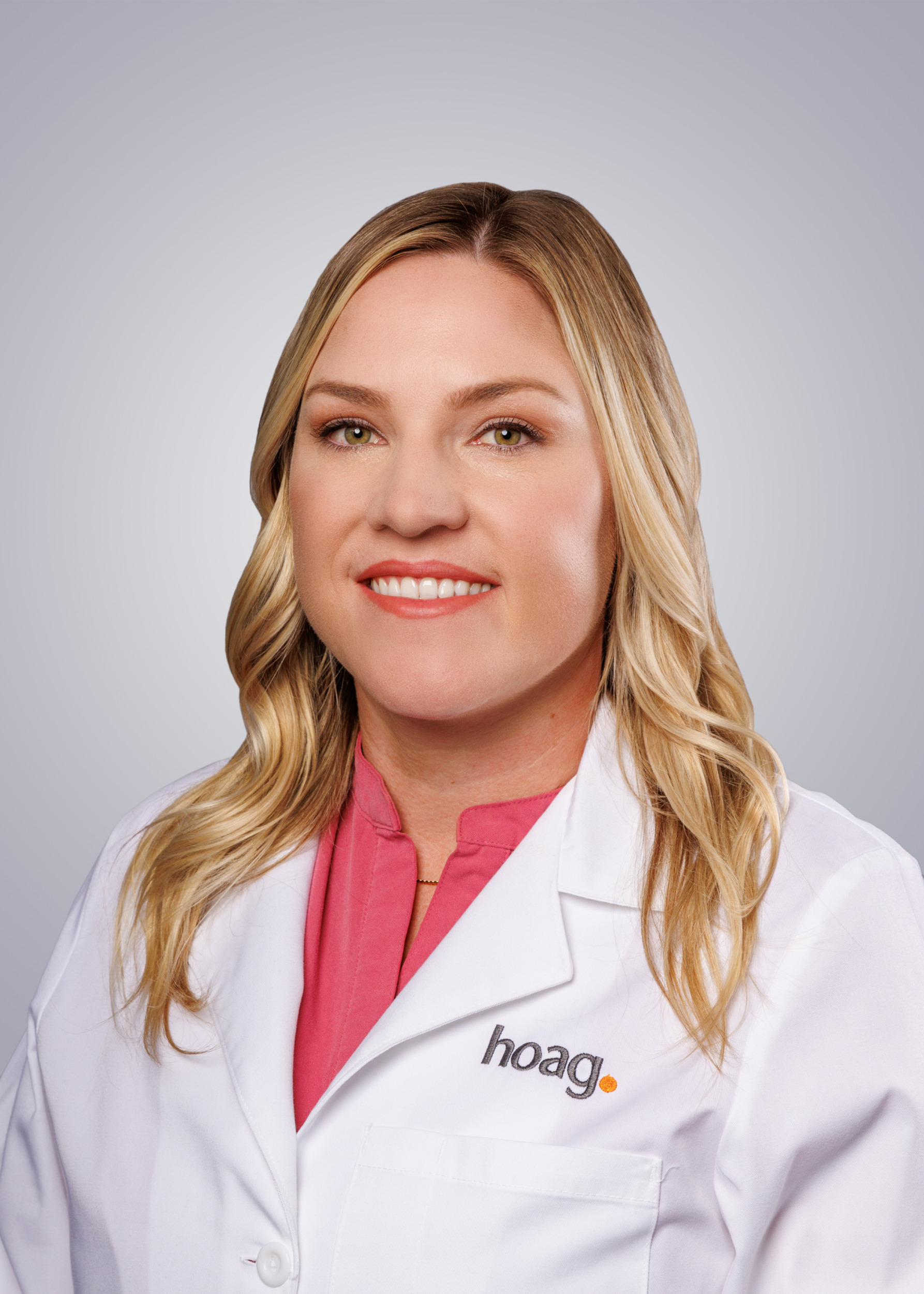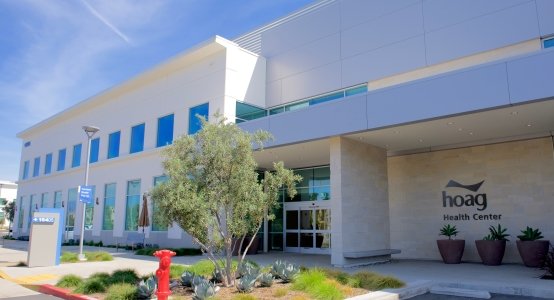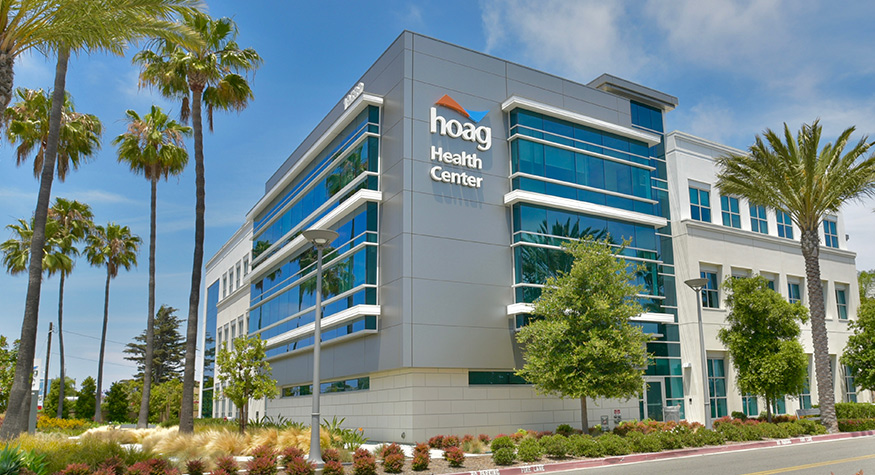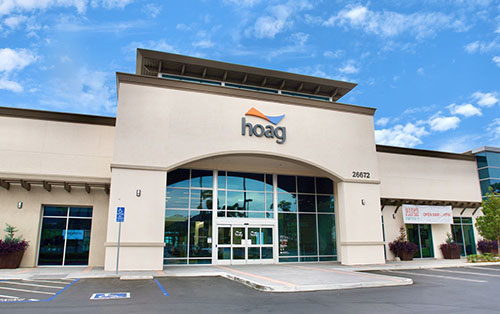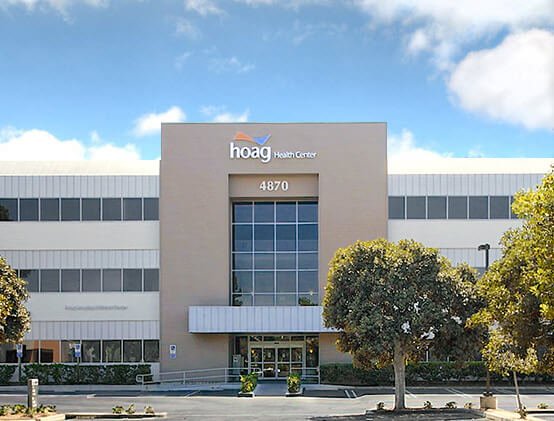- About
- Awareness & Prevention
- Mammogram
- Conditions Treated
- Imaging Diagnosis
- Procedures & Treatments
- Meet the Team
- Locations
Hoag’s nationally recognized Breast Center provides advanced screening and a collaborative team of experts guiding you from prevention through survivorship.
Quick Support
Breast Screening
Hoag makes it simple to stay on top of your breast health with seven imaging locations across Orange County. Routine screening mammograms can now be scheduled online in just minutes. Phone scheduling is also available for all types of breast imaging.
Breast Health Risk Assessment
Your health is important. Do you know your risk? Take a free online health risk assessment to find out. Estimate your personal risk of developing breast cancer and identify risk factors that you may be able to improve. Regards of your risk status, routine breast screening is extremely important.
Hereditary Breast Cancer
Some breast cancers are hereditary, often linked to BRCA1 and BRCA2 gene mutations. Hoag’s Hereditary Cancer Program offers genetic counseling, testing, and personalized support to help you understand and manage your risk.

The Only Certified Quality Breast Center of Excellence™ in Orange County

Top 1% of Mammography Imaging Nationwide by Women’s Choice Award

Fellowship-trained breast radiologists dedicated to breast care

Patient Testimonial Carousel
“It’s pretty incredible that we were able to go in for one procedure and come out looking and feeling like our best selves. We are both so grateful to the village that surrounded us during a time when we needed support and guidance the most.”
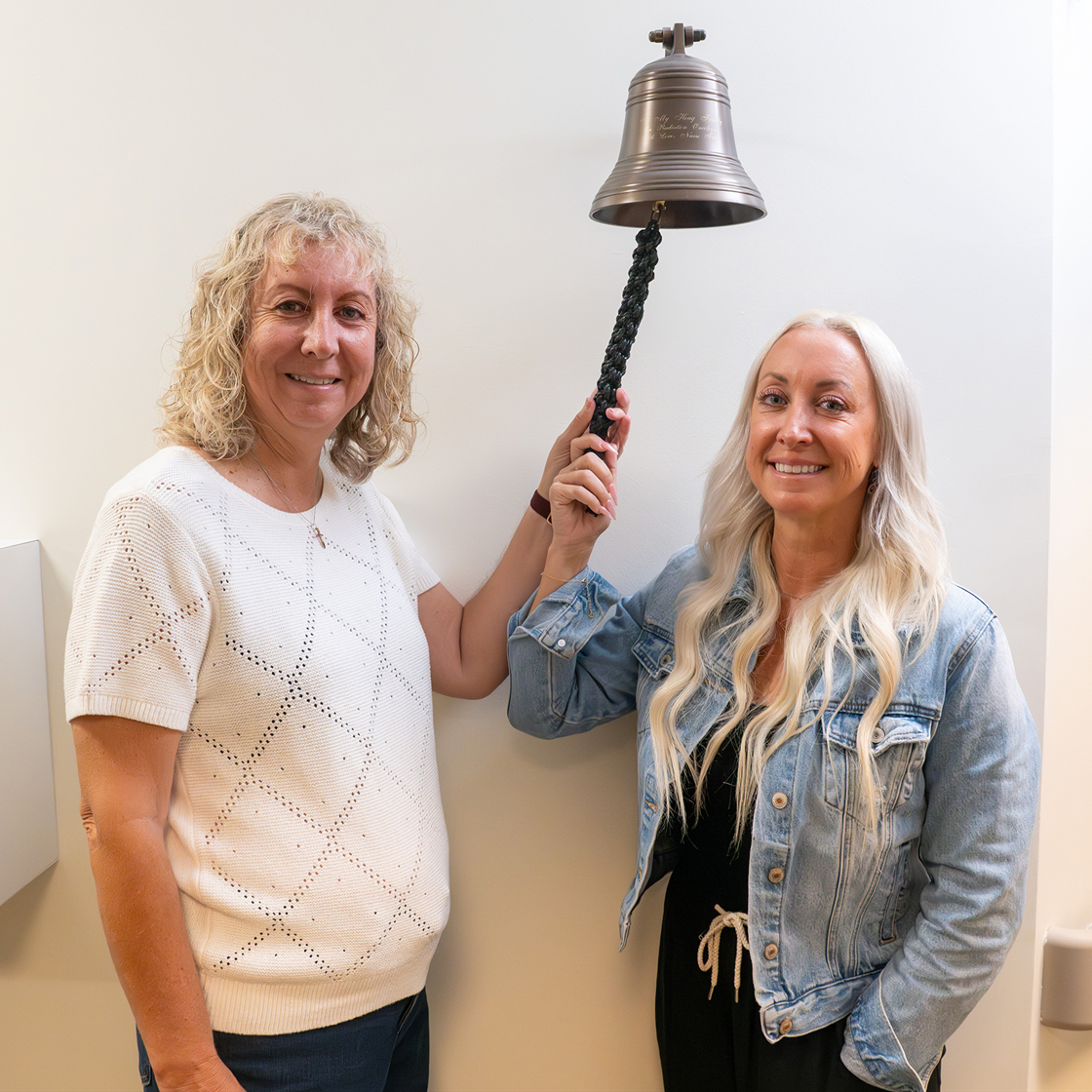
Hoag Breast Center Locations

Sue J. Gross Comprehensive Breast Center - Newport Beach
- 1 Hoag Drive
- Newport Beach, CA 92663
Your breast health care starts here
1
Find the right provider
Get care from medical providers that fit your needs in a location near you.
Find a provider2
Explore breast health resources
Find information made to guide and support you on your health journey.
See all resources3
Get in touch
Didn’t see what you’re looking for? Reach out and we’ll make sure you get what you need.
Contact usBreast Health Awareness & Prevention
Breast Health Awareness and Prevention
High Risk for Breast & Ovarian Cancer
Hoag Early Risk Assessment Program (HERA)
Health by Age
Breast & Ovarian Cancer Prevention Program
Ready to Schedule Your Mammogram?
Hoag makes it simple to stay on top of your breast health with seven imaging locations across Orange County. Routine screening mammograms can now be scheduled online in just minutes. Phone scheduling is also available for all types of breast imaging.
Schedule Your Mammogram
Early Screening Leads to Early Detection
Screening mammograms are low dose x-ray exams that are used to detect early breast cancer and have been shown in numerous studies to save lives. With appropriate screening, breast cancer is one of the most detectable and curable types of cancer, and the screening (or routine) mammogram is regarded as the first line of defense for most women.
The goal of a screening mammogram is to find cancer at an early stage so it can be treated right away. Specialists in breast radiology can detect subtle changes in the breast well before you or your doctor feel them. Early detection means you have more treatment options. When breast cancer is found and treated early, the national 10-year relative survival rate is greater than 90 percent.
Common Questions
The National Comprehensive Cancer Network , American College of Radiology and Hoag Breast Program recommend annual mammograms starting at age 40 as the standard of care for most women. We encourage you to personalize your screening program with your physician and learn your risk factors . If you are at high risk for breast cancer, consult with your physician about whether you should begin screening before age 40 and how often you should be screened. Additional screening measures may also be appropriate for some women, such as whole breast ultrasound and MRI.
Consider scheduling your mammogram during the second week of your menstrual cycle (one week after your period) when your breasts aren’t likely to be tender or swollen. If your menstrual cycle is irregular or cannot be accurately timed for other reasons, simply schedule your screening mammogram at any time.
The National Comprehensive Cancer Network (NCCN), the American College of Radiology (ACR) and the American Society of Breast Surgeons (ASBrS) all recommend yearly mammograms for women starting at age 40.
Screening mammograms are usually completely covered by insurance (without a co-pay) once every year (note: this does not apply to diagnostic mammograms performed for symptomatic patients). Usually, you do not need a referral for a screening mammogram if you’ve seen your primary care physician within the last 12 months and you are over 40 years old. If your physician provided you with an order for your mammogram, please email your order to orders@hoag.org , or bring a copy to your appointment.
Hoag’s dedicated, fellowship-trained breast radiologists will compare your previous breast images with your new images for optimal accuracy. The ability to compare current and prior images improves both the detection of subtle abnormalities, as well as reducing the need for additional diagnostic imaging to evaluate asymmetric tissue changes that may have been stable for many years.
If you’ve had prior mammograms at Hoag, your records are on file as part of your medical record. If your most recent breast imaging was performed at a non-Hoag facility, please have your records (images and reports) sent to Hoag before your mammogram or bring your records on a CD/DVD to your appointment. If we do not have your prior images at the time of your exam, we can request them for you, however your mammography results may be delayed as a result.
Please do not wear perfume, deodorant, creams, lotions or powders between your neck and waist. These products contain ingredients that may affect the interpretation of the mammogram. Children under the age of 12 may not accompany you to the exam room and cannot be left unattended.
We suggest wearing a two-piece outfit (separate top and bottoms) instead of a dress or jumpsuit because you will be asked to undress from the waist up. At Hoag, we will provide you with a comfortable robe.
If your physician provided you with an order for your mammogram, please email your order to orders@hoag.org , or bring a copy to your appointment.
During your mammogram, your Hoag technologist will talk you through the procedure and position your breasts one at a time in between imaging plates. You will feel gradual pressure on your breast. This pressure is needed to achieve the clearest images possible, but each image only takes 2-4 seconds.
Typically, two pictures of each breast will be acquired, but your technologist reviews each image to ensure adequate coverage and quality, and she may recommend additional images to ensure the best exam possible. If you have breast implants, images will be taken with and without the implants in view. The images with the implants in view involve little or no compression.
For most women, mammography is not painful, although some women may experience minor discomfort. If you experience discomfort, please inform your technologist and they can adjust the pressure.
Once the mammogram is complete, a dedicated Hoag breast radiologist will carefully interpret your mammogram images, typically the next business day. Soon after, a written report with your mammogram results will be available in your electronic medical record system or as a mailed letter. We will also send a copy to your indicated primary care provider.
In addition to your mammogram results, your report will inform you if you have dense breasts. Learn more about breast density . Additionally, based on your responses to the Hoag Early Risk Assessment , your results will indicate if you have an average or elevated risk of developing breast cancer. If you have an elevated risk, learn more about our Hoag’s High-risk Breast and Ovarian Cancer (HBOC) Prevention Program .
If the radiologist has recommended additional imaging, a Hoag staff member will call you within 24-48 hours. This additional imaging step typically involves a diagnostic mammogram and/or a breast ultrasound exam, and it is designed to provide you and your breast health team with important information that will be evaluated to clarify, supplement, or confirm the findings of the initial screening mammogram. On the day you return, one of our breast radiologists will go over all of your results in detail at the conclusion of the exam. Rest assured that most people who are recalled for additional imaging will not need a biopsy. It is somewhat more likely to be recalled after the first mammogram (or if your prior mammograms are not attainable) because the radiologist does not have prior studies to which they can compare the images.
Benign Breast Conditions
Breast Cysts
Breast Papillomas
Fibroadenomas
Necrosis
Radial Scars
Breast Changes & Symptoms
Breast Atypia
Breast Lump
Breast Infection (Mastitis)
Breast Pain
Breast Skin & Nipple Changes
Dense Breasts
Imaging Diagnosis
Breast Biopsy
A breast biopsy is a procedure designed to remove a small amount of breast tissue from an abnormal finding. This is an outpatient procedure performed with a needle, local anesthesia and generally some form of imaging to guide the needle (most commonly, ultrasound).
Breast Tomosynthesis – 3D Mammography
Breast tomosynthesis (3D mammography) was specifically designed to address the limitations of conventional 2D mammography and can be especially beneficial for women with dense breasts.
Diagnostic Mammography
A diagnostic mammogram a highly specialized imaging tool assessed onsite and in real time by a dedicated fellowship trained breast radiologists. It is generally performed for women who have been recalled after a potential abnormality was detected on a screening mammogram, for women with a breast concern or symptom, or for women who have recently undergone a biopsy or surgery.
Breast MRI
Breast MRI is a noninvasive test that uses a magnetic field coupled with an injection of intravenous dye to look at the blood flow patterns of the breasts. Breast MRI is painless, takes about 30 minutes and does not involve exposure to radiation.
Breast Ultrasound
Breast ultrasound examination is a non-invasive, radiation free breast imaging tool that uses high-frequency sound waves to create images of the breast.
Schedule Your Mammogram
Treatment
Breast Surgery (Non-Cancerous)
Most benign breast conditions and diseases don’t require surgery. However, occasionally a physician may recommend breast surgery for one of the following reasons: as a preventive measure, treat benign breast conditions, and improve quality of life.
Breast Cancer Treatments
Hoag offers a variety of innovative treatment options and the experience of a highly trained clinical team. The breadth of treatment options offered allows you to select the specific treatment type that is best suited for your particular needs.
Breast Cancer Consultations & 2nd Opinions
When you receive a breast cancer diagnosis, you may feel a sense of urgency about starting treatment immediately. However, in some cases, you may want to do some additional research to confirm that your diagnosis is accurate and that you have chosen the best treatment plan for you.
Meet Our Team
At Hoag our dedicated, multidisciplinary team of breast technicians, radiologists, surgeons, nurse navigators and other cancer specialists are here to support you through your personalized breast health journey.
Breast Radiologists
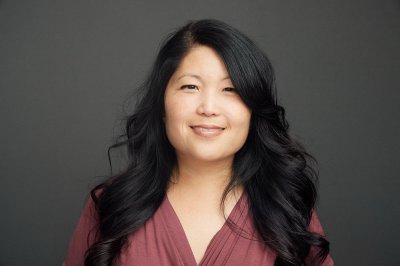
January K. Lopez, MD
Medical Director of Breast Imaging
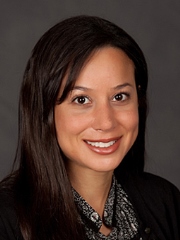
Jennifer M. Overstreet, MD
Associate Director of Breast Imaging
Breast Surgeons
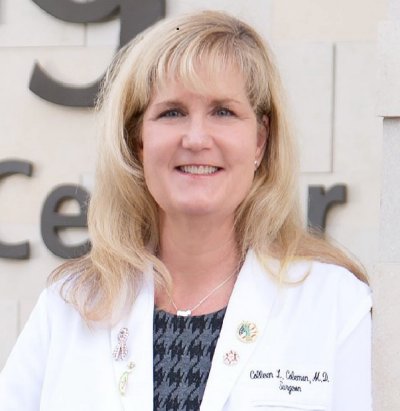
Colleen L. Coleman, MD
Breast Surgery
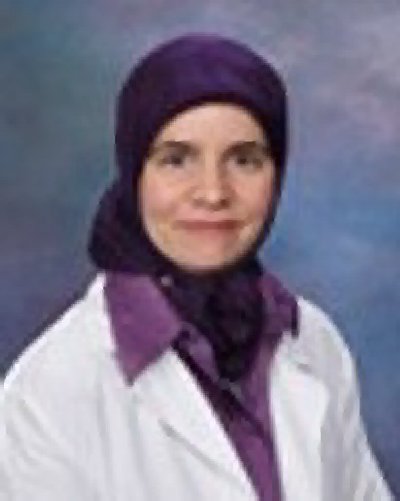
Nahid Hamoui, MD
Breast Surgery

Sadia Khan, DO
Medical Director, Breast Surgical Oncology
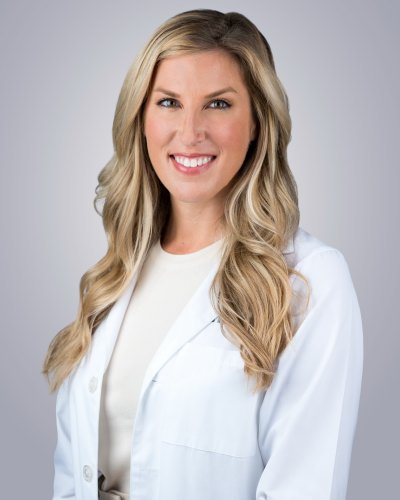
Elizabeth C. Kraft, MD
Breast Surgery
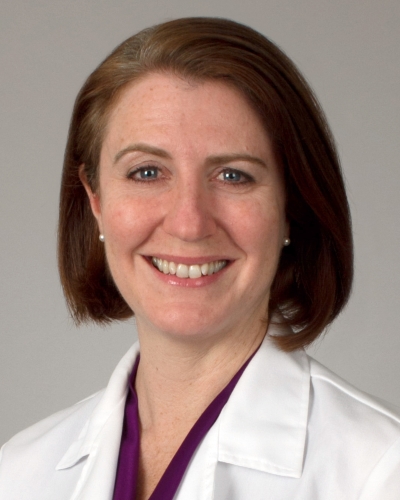
Heather R. Macdonald, MD
Medical Director, Hoag Early Risk Assessment Program & Hoag High Risk Breast and Ovarian Cancer Prevention Program
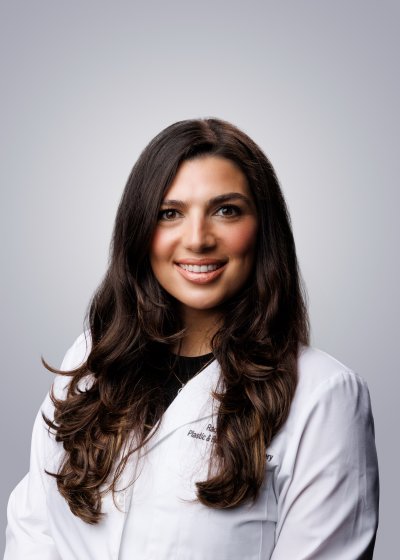
Raquel A. Minasian, MD
Plastic Surgery

Nirav B. Savalia, MD
Medical Director, Oncoplastic & Aesthetic Breast Surgery

Melvin J. Silverstein, MD
Physician Emeritus - not accepting patients. Pioneered Oncoplastic Surgery in the U.S.

Lincoln M. Snyder, MD
Breast Surgery
Surgical Nurse Navigators
Imaging Navigators
Oncology Nurse Navigator
Breast Cancer Medical Oncologists
The Hoag Breast Cancer Medical Oncologists team specializes in medical treatment of cancer. This team is dedicated utilizing the correct medication to treat every patient’s unique cancer with a strong understanding of how cancer behaves and grows. Meet the team.
Radiation Oncologists
The Hoag Radiation Oncology Team consists of many members, some of which our patients become very familiar with on a daily basis and others who are hard at work behind the scenes. Our main goal is to provide patients with the best care possible, using the latest technologies, in a safe and proven manner. Hoag’s expert radiation oncology team consists of several specialized individuals who are specially trained, licensed and/or certified to aide in your care. Meet the team.
Hoag's Precision Medicine Program
Hoag’s Precision Medicine Program combines genomics and genetics to diagnose, treat, and prevent diseases. Using the latest advances in genomic technologies, targeted therapies and research, our precision medicine program brings together a multidisciplinary team, including a robust genetic counseling group of experts, to provide patients with the latest in innovation and technology. Meet the Precision Medicine Team.
Hoag Family Cancer Institute Genetic Counselors
Hoag Family Cancer Institute provides a dedicated team of genetic counselors that offer hereditary cancer assessment, offering risk assessment and genetic cancer testing to those with a personal or family history of cancer. Learn more and meet the team.
Hoag Family Cancer Institute Social Workers
Being diagnosed with cancer can feel overwhelming at times. Many patients and their families need help with coping and can benefit from supportive counseling. Oncology Clinical Social Workers are available to provide emotional and practical support during all stages of cancer including diagnosis, treatment and post-treatment survivorship. Find out more and meet our team.
Our Breast Screening and Diagnostics Locations
Schedule Your Mammogram
Breast Services Offered
Breast services offered at each of the following locations are below:
Hoag Breast Center - Newport Beach, Hoag Breast Center - Irvine (Sand Canyon), Hoag Health Center - Huntington Beach: Diagnostic mammography, breast ultrasound, breast MRI, breast biopsy, and screening
Hoag Breast Center - Irvine (Woodbridge): Diagnostic mammography, breast ultrasound, and screening mammography
Hoag Health Center - Aliso Viejo, Hoag Health Center - Foothill Ranch, Hoag Health Center - Costa Mesa: Screening mammography only
Hoag Breast Center Locations

Sue J. Gross Comprehensive Breast Center - Newport Beach
- 1 Hoag Drive
- Newport Beach, CA 92663
